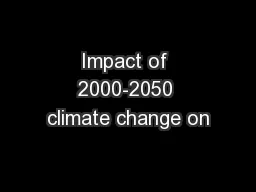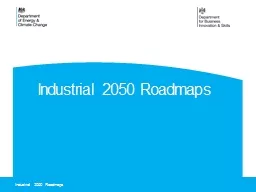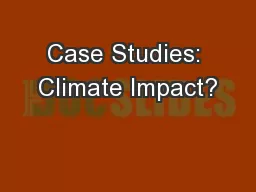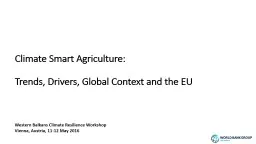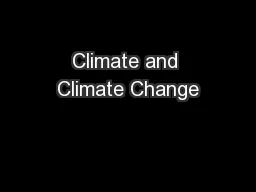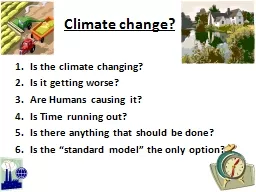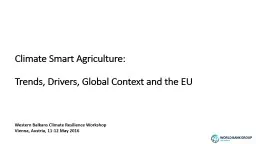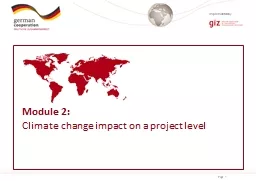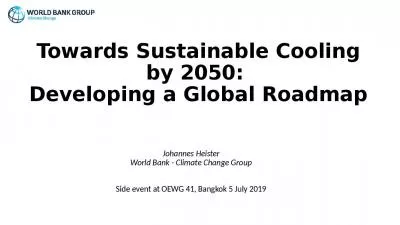PPT-Impact of 2000-2050 climate change on
Author : alexa-scheidler | Published Date : 2017-05-27
PM 25 air quality inferred from a multimodel analysis of meteorological modes Loretta J Mickley CoIs Amos PKA Tai and Daniel J Jacob School of Engineering and
Presentation Embed Code
Download Presentation
Download Presentation The PPT/PDF document "Impact of 2000-2050 climate change on" is the property of its rightful owner. Permission is granted to download and print the materials on this website for personal, non-commercial use only, and to display it on your personal computer provided you do not modify the materials and that you retain all copyright notices contained in the materials. By downloading content from our website, you accept the terms of this agreement.
Impact of 2000-2050 climate change on: Transcript
Download Rules Of Document
"Impact of 2000-2050 climate change on"The content belongs to its owner. You may download and print it for personal use, without modification, and keep all copyright notices. By downloading, you agree to these terms.
Related Documents

